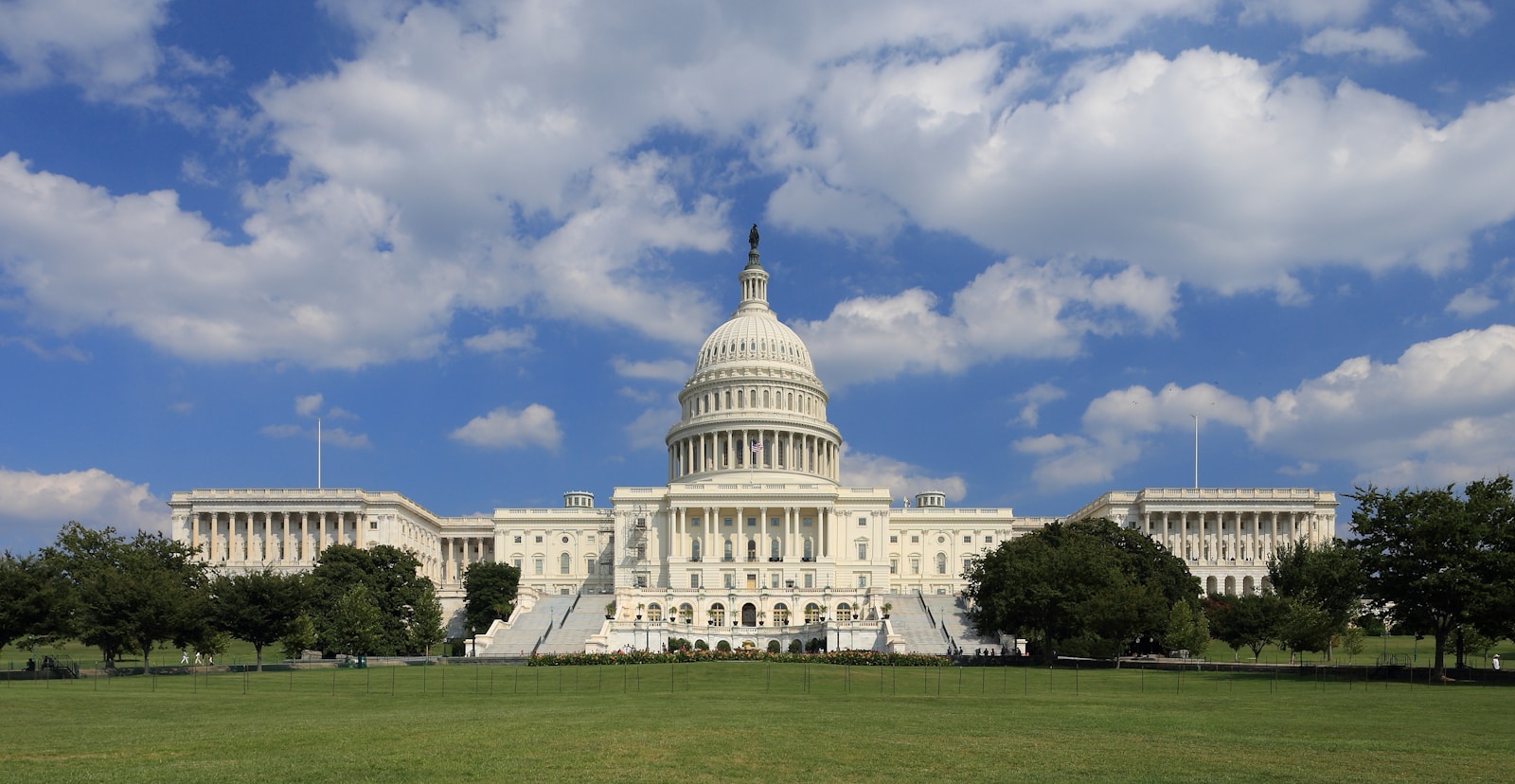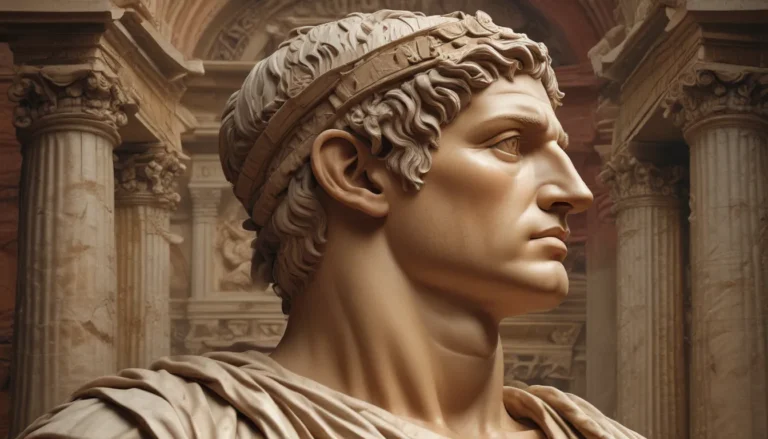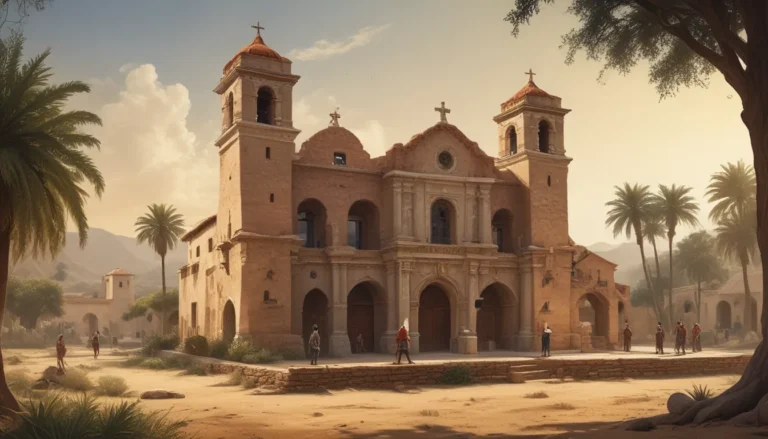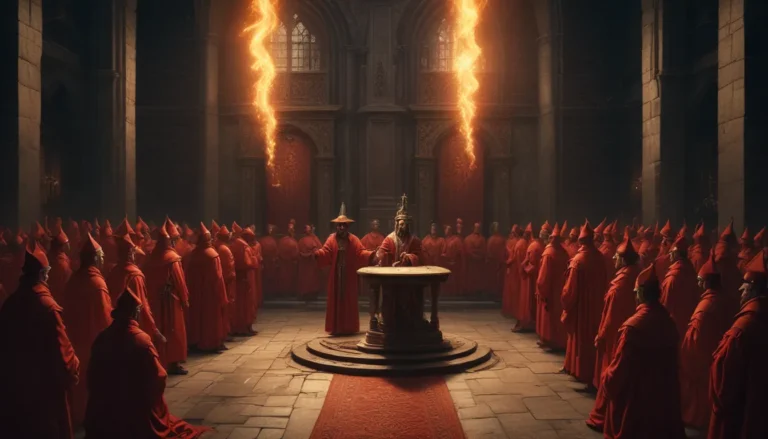The images in our articles may not match the content exactly. They are used to grab your attention, not to show the exact details in the text. The images complement the text but do not replace it.
Welcome to a journey through the captivating world of the United States Capitol Building, a symbol of American democracy and resilience. Situated in Washington, D.C., this iconic structure stands as a testament to the nation’s rich history and enduring commitment to governance and freedom. Join us as we delve into captivating facts about the Capitol Building, shedding light on its remarkable significance and the intriguing events that have unfolded within its hallowed halls.
Unveiling the Capitol Building: A Symbol of Democracy
The United States Capitol Building, located in Washington, D.C., serves as the meeting place for the United States Congress, the legislative branch of the federal government. Construction on this iconic structure, envisioned by Dr. William Thornton, began in 1793 and has since undergone several expansions and renovations to reflect the nation’s growth and progress.
A Testament to Resilience: The Capitol’s Storied Past
During the War of 1812, the Capitol Building was partially burned by British forces, showcasing its historical significance and enduring resilience in the face of adversity. Despite the damage, the Capitol stood as a symbol of American democracy and governance.
Architectural Marvels: The Capitol Dome and Sandstone Exterior
The majestic Capitol Dome, towering at 288 feet in height, commands attention with its striking design and engineering prowess. Crafted from cast iron, the dome adds to the building’s architectural grandeur. The exterior of the Capitol Building, constructed from durable sandstone, contributes to its historical charm and visual appeal.
A Cultural Tapestry: The Capitol Rotunda and National Statuary Hall
Within the Capitol Rotunda, visitors can admire historical paintings and sculptures that depict pivotal moments in American history, enriching the building’s cultural and artistic significance. The National Statuary Hall houses statues representing significant figures from individual states, weaving a rich tapestry of American heritage and history.
Guided Tours and Restoration Efforts: In-Depth Insights
Visitors to the Capitol Building can embark on guided tours that provide insights into its rich history, architectural significance, and the legislative process of the United States Congress. Over the years, the Capitol Building has undergone meticulous restoration projects to preserve its historical integrity and grandeur for future generations to appreciate.
Picture-Perfect Surroundings: Capitol Building Gardens and Landscapes
Surrounding the Capitol Building are meticulously maintained gardens and landscapes that offer a serene and picturesque setting, complementing the building’s majestic presence. Visitors can explore these beautiful surroundings while basking in the historical significance of the Capitol.
Inspiring Presidential Inaugurations: A Historic Venue
The Capitol Building has served as the historic venue for numerous presidential inaugurations, symbolizing the peaceful transfer of power in the United States. These momentous events underscore the Capitol’s role in shaping the nation’s history and governance.
Embracing Classical Influences: Ancient Greece and Rome
The architectural design of the Capitol Building draws inspiration from classical Greek and Roman influences, reflecting the ideals of democracy and the enduring legacy of ancient civilizations. This architectural homage adds to the building’s symbolic significance and historical charm.
Nurturing American Democracy: A National Historic Landmark
As a designated National Historic Landmark, the Capitol Building holds profound historical and cultural significance, underscoring its enduring legacy and impact on the American narrative. It stands as a living testament to the ideals of democracy and the founding principles of the United States.
Conclusion
The United States Capitol Building stands as a testament to the nation’s rich history, enduring resilience, and commitment to democracy. With its iconic architecture, storied past, and pivotal role in shaping American governance, the Capitol Building continues to inspire awe and admiration in visitors from around the world. By exploring these captivating facts, we gain a deeper appreciation for the Capitol’s significance in the annals of American history and governance.
FAQs
What is the significance of the Capitol Building?
The Capitol Building holds immense historical and political significance as the seat of the United States Congress. It is where laws are made, debates are held, and crucial decisions are reached, making it the epicenter of American governance.
Can visitors tour the Capitol Building?
Yes, visitors can explore the Capitol Building through guided tours that offer insights into its history, architecture, and the legislative process. It’s an enriching experience that provides a glimpse into the heart of American democracy.






